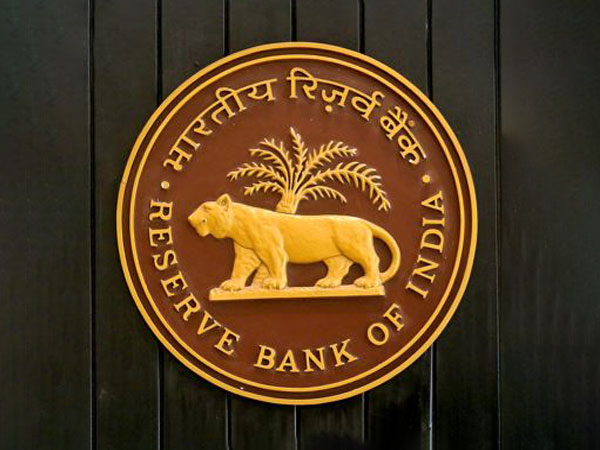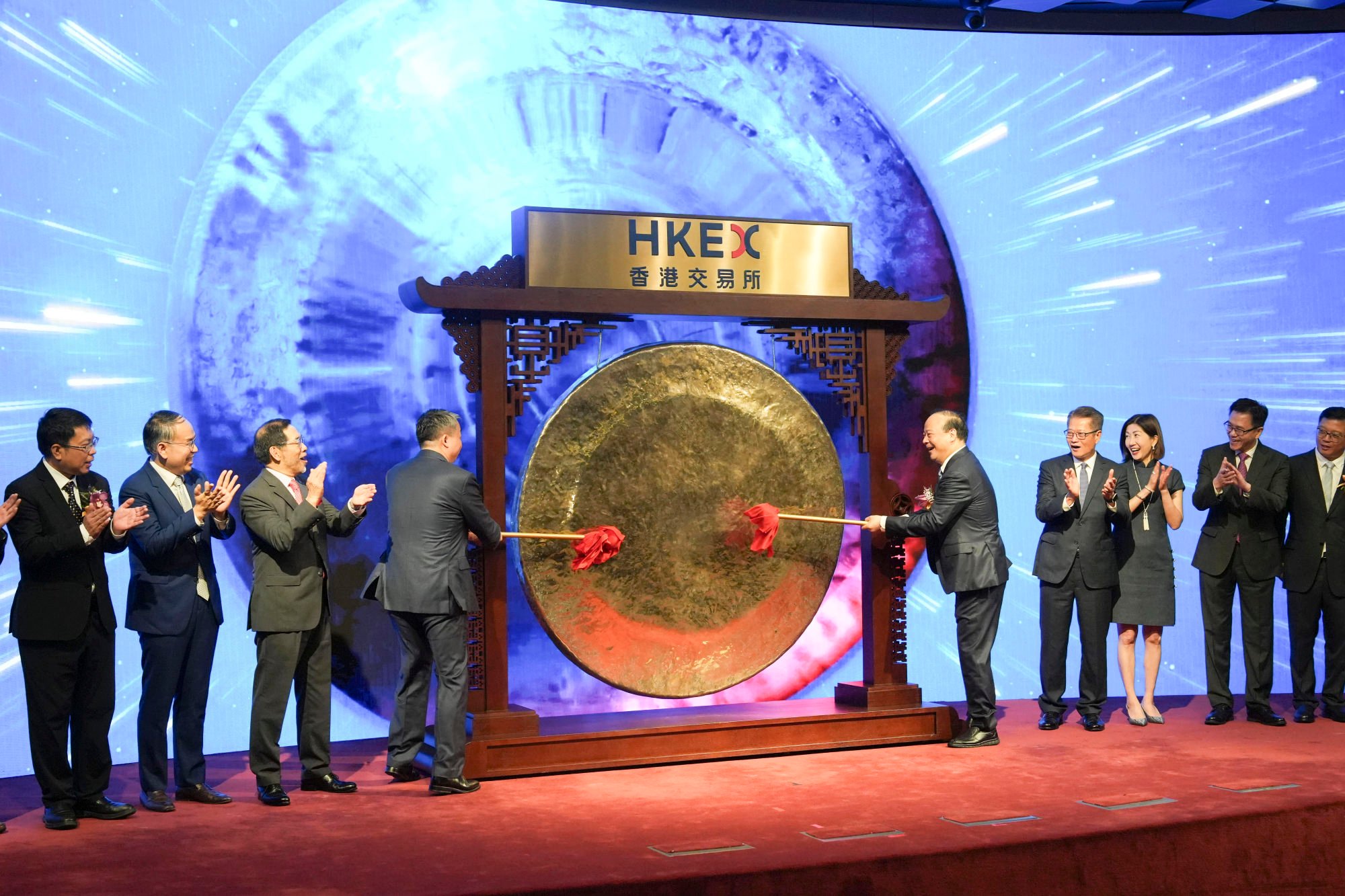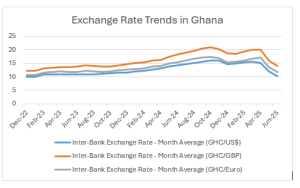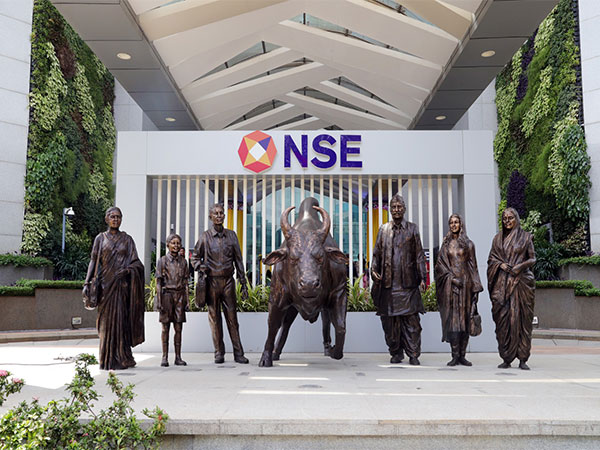Wall Street is moving forward on Friday, heading into its third week of gains in the past four, with major U.S. companies reporting better-than-expected profits for the spring.
The S&P 500 rose by 0.2% during early trading, following a new all-time peak the previous day. The Dow Jones Industrial Average fell by 25 points, or 0.1%, as of 9:35 a.m. Eastern time, while the Nasdaq composite increased by 0.4% after reaching its own record high.
Norfolk Southern rose 2.6% following a report from an AP source indicating that it is in discussions with Union Pacific regarding a merger, which would result in the biggest railroad company in North America, linking the East and West coasts. However, any such agreement is expected to encounter significant examination by U.S. authorities. Meanwhile, Union Pacific's shares declined by 0.5%.
Netflix, on the other hand, dropped 4.7% even though it announced a better-than-anticipated profit for the most recent quarter. Analysts noted that it's not unexpected for the stock to perform poorly after it had already increased by 43% this year prior to the day in question. This is six times higher than the S&P 500's gain.
Chevron increased by 1.3% following the completion of its purchase of Hess. The acquisition received approval after a positive arbitration decision in Paris concerning certain assets belonging to Hess near the coast of Guyana.
Positive earnings results for the spring boosted the performance of several stocks. Charles Schwab increased by 4.4%, while Comerica went up 2.3%.
In the bond market, Treasury interest rates declined before a report due on Friday morning that will reveal U.S. consumers' sentiments regarding the economy and inflation.
The 10-year Treasury yield fell to 4.42% from 4.47% at the end of Thursday. The two-year Treasury yield, which is more indicative of expectations regarding the Federal Reserve's short-term rate decisions, also decreased. It dropped to 3.86% from 3.91%.
A senior Federal Reserve official, Gov. Chris Waller, stated late Thursday that the Fed should lower its overnight interest rate at its upcoming meeting in a few weeks. This comes after strong criticism from President Donald Trump, who has been condemning the Fed for keeping interest rates unchanged this year rather than reducing them, as it did toward the end of last year.
Reduced interest rates might provide a stimulus to the economy, and Trump has also suggested they could assist the U.S. government in reducing expenses on debt servicing, although this remains unclear. The interest rates the federal government pays on its long-term debt are often influenced more by the perceptions of bond investors than by the actions of the Federal Reserve, and these rates can sometimes move in conflicting directions.
The head of the Federal Reserve has been emphasizing the need to observe more information on how Trump's tariffs impact the economy and inflation before the Fed takes its next action. The risk of lower interest rates is that they can further stimulate inflation, and prices may already be showing signs of rising due to the tariffs.
Traders on Wall Street still believe that the Fed is more probable to start reducing interest rates in September, rather than later this month, as indicated by CME Group data.
In foreign stock markets, indices showed varied performance across Europe and Asia. Hong Kong's Hang Seng increased by 1.4%, while Tokyo's Nikkei 225 declined by 0.2% ahead of a vote for the upper house of parliament on Sunday, which might reduce the ruling coalition's majority in that chamber.











